
!!BEST
SELECTION OF LEARNING MATERIAL, BOOKS AND DVDs on CEE!!
The
Ottoman Empire
The history
of the Ottoman Empire began in the 13th Century. Back then
the Seljuk Sultanate which was bordering on the Byzantine
Empire and dominated the Islamic world since the 10 century
was weakened by Mongol invasions and succession disputes.
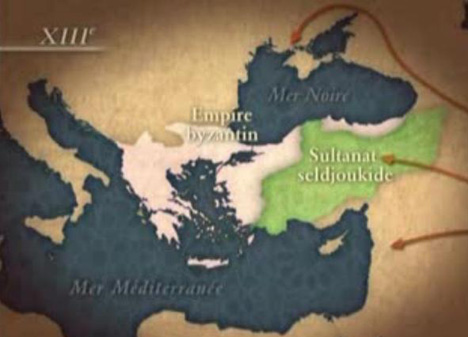
As
a result, several smaller empires of Asia gained their independence.
One of them was a small Turkmen tribal federation, who had
been expelled by the Mongols from Central Asia and settled
in northern Anatolia - the Ottomans ((named after its founder
Osman).
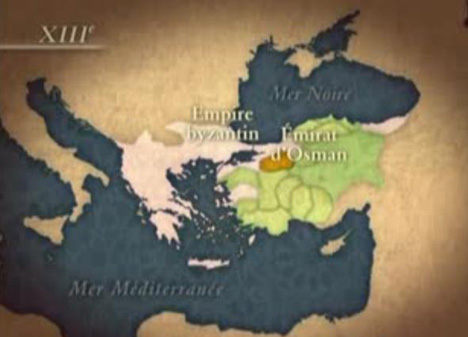
Like
the other emirates the Ottomans also led war against the Christian
Byzantine Empire. After the death of Osman his son Orkan continued
war. He conquered Broussa, which he made the first Ottoman
capital, and the coastal area on the Marmara Sea. He therefore
has a strategic position in relation to the Byzantine Thrace
and toward Europe.
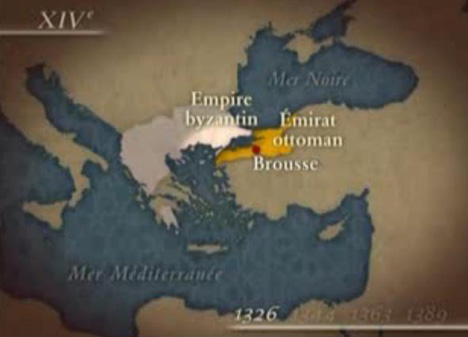
It
is interesting that the Ottomans finally entered Europe with
the help of the Byzantines. For as these felt threatened by
the expanding Serbian Empire in the west of the Balkans, they
asked the Ottomans for help in 1344.
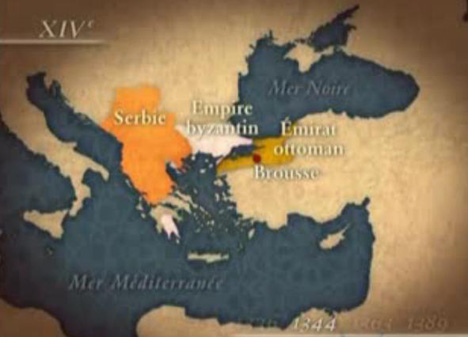
The
Ottomans conquered Gallipoli and began the conquest of the
Balkan Peninsula. The following march was very impressive.
Orkan initiated reforms in the ways that laid the foundations
for the later empire. He set up a central administration,
known as Diwan, who was under a grand vizier, as well as an
elite force for his army. This consisted of kidnapped Christian
boys brought up in Anatolian families, converted to Islam
and trained for military service.
Orkan’s successor, Murat the First, expanded the empire
in the east to other parts of Anatolia. In Europe, he conquered
Adrianople in 1363, then Eastern Thrace, Macedonia, Bulgaria
and defeated the Serbs in 1389 at Kosovo. This battle is still
regarded as the birth of the national identity of the Serbs.
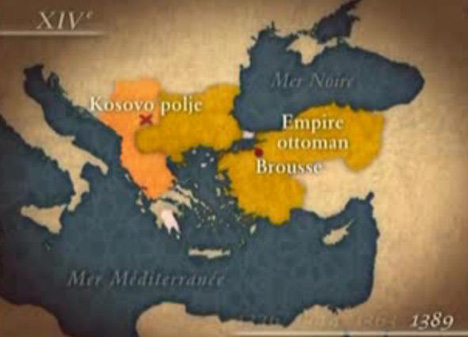
In
the late 14th Century, in 1393, the Ottomans attacked the
Hungarian troops. The Hungarian King Sigismund then formed
the largest crusader army that had ever been to drive the
Muslims out of Europe. French, German, British and Italians
joined the Hungarians. Nevertheless, the Crusaders were struck
devastating in the Battle of Nicopolis in 1396.
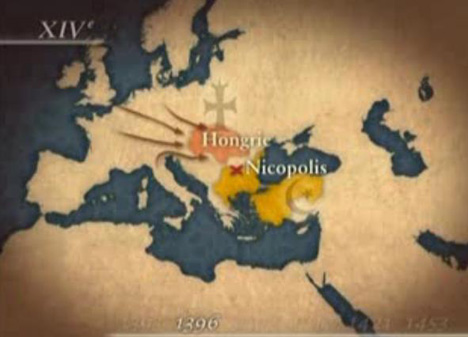
The
Ottoman supremacy had several reasons. Their artillery, their
cavalry, their discipline, the conduct of their troops and
the numerical strength. The Ottomans were now superior to
the Byzantines, and the only threat to them came from the
East by the Mongols. On 20 July 1402, the Ottomans were defeated
by the Mongols, and Bayezid I. was taken prisoner.
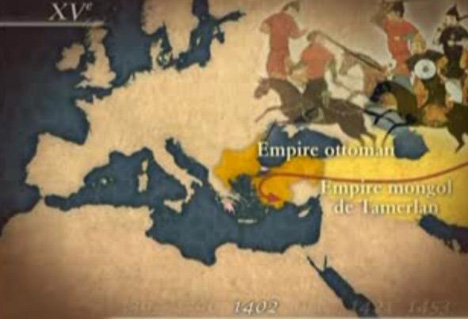
But
the Ottomans began, despite being weakened by this defeat,
already in 1412 their renewed conquests. 1421 Murat II started
from the Balkan peninsula again the conquest of Europe.
The Ottomans controlled their conquered lands by religions
and social traditions intact in exchange for soldiers and
other taxes – this contributed to the internal stability
of the conquered territories.
The conquest of Constantinople by the Turks on 29 May 1453
was a threefold symbol. It marked the end of the Byzantine
Empire, Asia and Europe moved closer together politically,
and it symbolized the victory of Islam over Orthodox Christianity.
At least it meant the consolidation of the Ottoman Empire,
for whom now most European royal families were vassal or tributary
trading partner. Constantinople became the capital of the
Ottoman Empire and was renamed Istanbul. And from there the
Ottomans enlarged their empire.
In the 15th Century, they completed the conquest of the Balkan
Peninsula, Anatolia and the Krimkanals on the north coast
of the Black Sea.
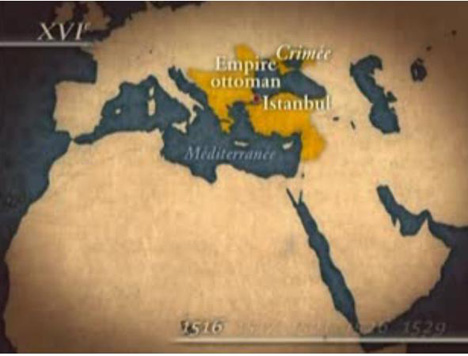
1516,
they conquered Syria and Palestine, in 1517 Egypt. Finally,
they conquered the holy cities of Mecca and Medina. The Ottoman
Sultan was from now on as leader of the faithful. Suleiman
the Great led the Ottoman Empire to the height of its power.
He took from the Christians Rhodes, Belgrade in 1521 and in
1526 a large part of Hungary and Transylvania.
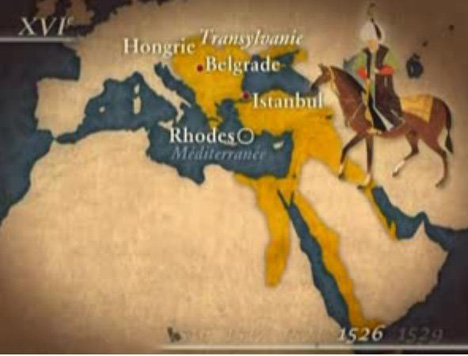
At
that time, Emperor Charles V ruled over an empire where the
sun never set, but Suleyman the Magnificent contested him
for supremacy in Europe. He came to Vienna, where his troops
laid siege to the city in 1529.
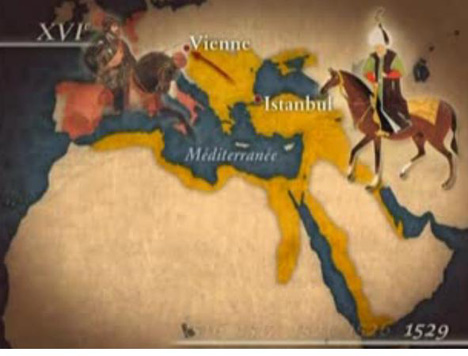
Suleyman
was a great strategist, he searched the alliance with the
French King Francis I. And he knew as a statesman to manage
his empire. In the meetings of the diwan, the highest administrative
body, which advised on the laws by which the government regulated
the life in the provinces. Apart from taxes the country lived
by its control over the trade between the Mediterranean Sea,
Indian Ocean and the Continent. Due to the stability of the
empire trade flourished. Finally, Suleiman’s reign had
also a significant influence on science, culture and art.
|